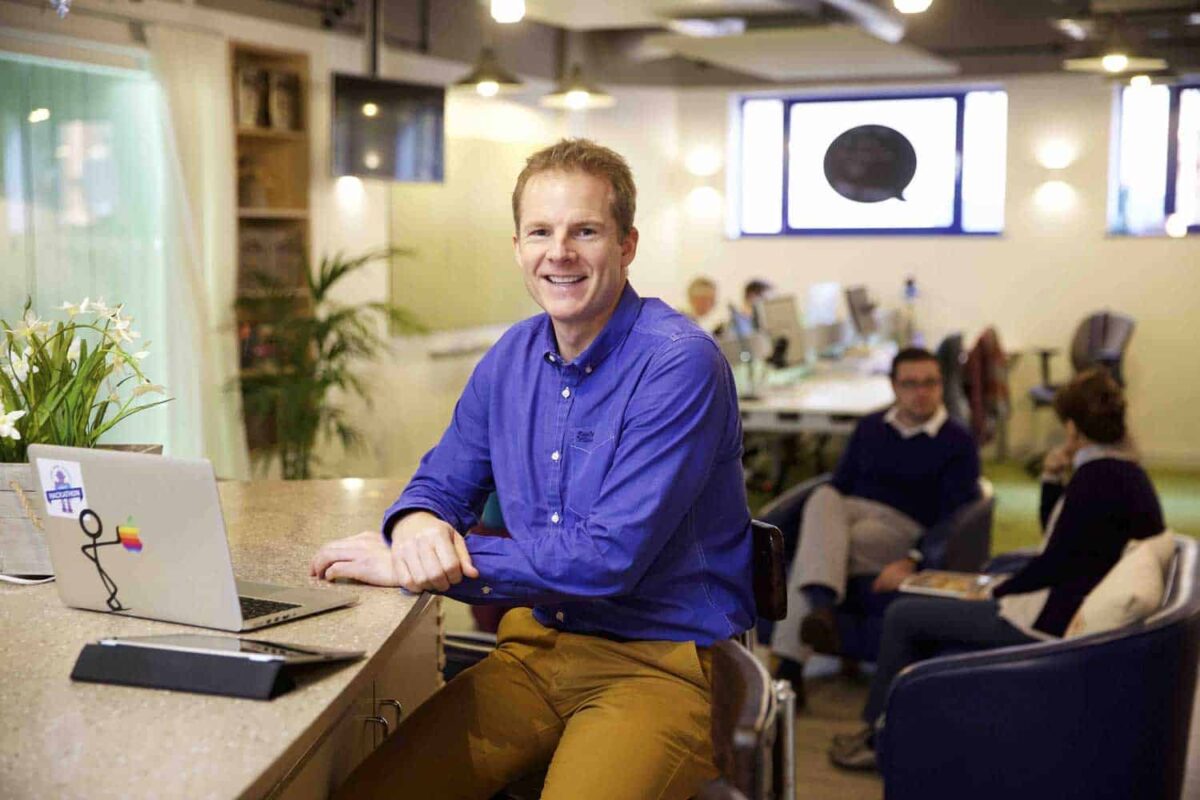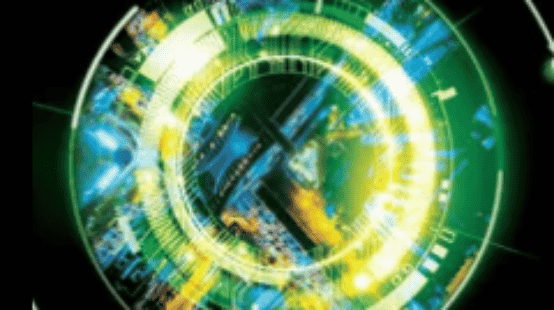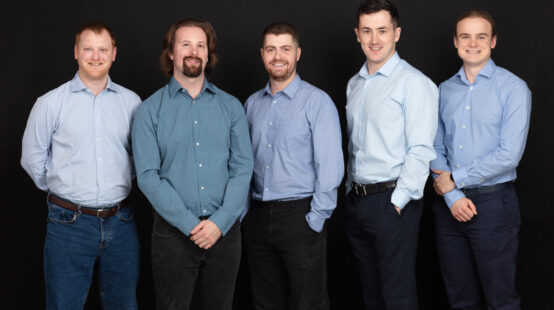
The Mobile World Conference (MWC) in Barcelona was huge, with some nine halls full of technical wizardry – enough to wow anybody with even just a molecule of technical curiosity. From robots that will cater to your every whim in one hall, to connecting every device in your home to the cloud in another, there was no shortage of wonderful and, at times, weird digital innovation on display.
One particular segment of MWC jumped out at me: the emerging wearable technology market. Wearable technology was ubiquitous at the event and it provided a striking example of where technology could take us in the near future. I came across this simple graphic and thought that when integrated with the potential of wearable technology, the implications were startling.
 With the continued advancement of medi-tech, it’s not such a stretch to imagine the next logical step for wearable technology: under the skin technology. This could monitor your health and automatically feed back to your personal service management system, keeping your wellbeing in check. With self-control, feed back monitoring and the application of what we can learn about ourselves using this future technology, we have the potential to be significantly healthier. This in turn could save the national health system billions.
With the continued advancement of medi-tech, it’s not such a stretch to imagine the next logical step for wearable technology: under the skin technology. This could monitor your health and automatically feed back to your personal service management system, keeping your wellbeing in check. With self-control, feed back monitoring and the application of what we can learn about ourselves using this future technology, we have the potential to be significantly healthier. This in turn could save the national health system billions.This got me thinking about the continued advancement of technology in general. The big questions are where are we going? How will we get there? What will it look like when we do? And, from a local perspective, where will Jersey fit into this future?
I have identified the two major currents that we need to take into consideration in order to ride the wave of digital innovation: the pace of change and the connectivity revolution.
Pace of Change
Moore’s law established that the number of transistor equivalents that Intel could fit on to a microchip was doubling every 18 months; it turns out that this is actually a maxim for technology as a whole. Today a significant proportion of the world has an active mobile device; as a consequence there are now over two billion social media accounts. Considering that only 15 years ago there was zero, the rate of this acceleration is staggering. The volume of data is also mind-blowing – this year will be the first time over one trillion pictures will be taken.
Connectivity Revolution
As you can see, the journey to a totally digitised future is already underway and most of us have not yet realised it. The world has already moved to a universal platform, virtually everything we do starts online at the browser, and it’s available and delivered instantly to whichever device you are on, be it a laptop, mobile, smart wall or even your entire house. With streaming online so readily available these days on any device, the idea of loading a DVD seems antiquated.
This unconscious step towards the universal platform has led to the reality that everything is now connected. The technology presented at MWC brought this home on a massive scale, because everything now talks to everything else and for the first time we are presented with the concept of social graph. It is not just one site that knows about you; through the universal platform, many sites know about you and are sharing this information. With the scale of data that we are increasingly allowing to be collected about us, it has the potential to determine societal outcomes.
Referring to the medi-tech example, when applied to patient data, and combined with genetic data and biometric data from sensors, this could give you an extremely detailed view of yourself and help to accurately predict what might happen to you.
Implications
Building on the notions of connectivity and technological advancement at this rate, this can have some extraordinary and unexpected social implications where boundaries are no longer a factor. For example, it is now commonplace to scan your own food and check out in supermarkets. In South Korea though, the next step in self-service technology has already arrived. Whilst you are waiting for your train, the station walls have interactive screens with images of super market shelves – you can simply scan the food you want and it’s delivered to your home by the time you get in. In London and US airports this kind of self-service technology is already in place in restaurants with iPads, eliminating the need for waiting staff.
Every single industry is affected by the technology revolution. The hotel industry has already felt the impact of these factors – just look at what Airbnb has done to hotels. When we take this idea one step further, the percentage of industries relying on technology is increasing exponentially at the same time that the cost of technology is dropping. The net effect of this is that we are moving to a world where everything will be free, or so it seems. How will business respond to this reality?
What about Jersey?
The connectivity revolution is all about data – its storage, management, use and protection. Jersey is home to world-class data storage facilities, which could play a real part in this booming market. The management of data or rather, making sense of oceans of data, is about the only certainty there is; whether for health or finance, deciphering data and presenting it in a form that humans can make sense of is already a valuable global skill.



